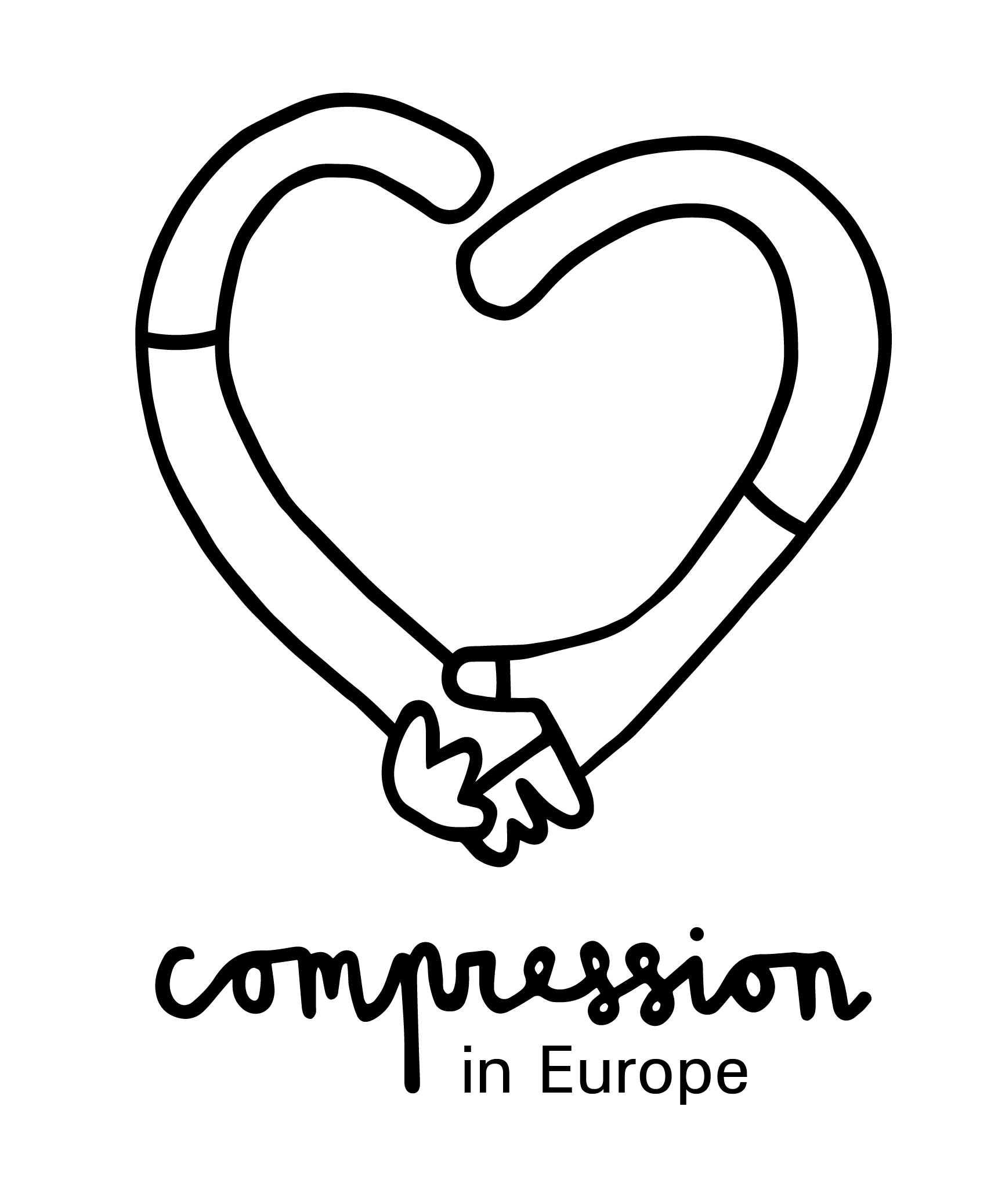
Compression types
No person is alike, no oedema is alike, no compression garment is alike.....
Lymphoedema requires lifelong treatment. Among the various therapies, compression is the most important element of treatment both in an initial reduction phase as well as for the maintenance phase. Compression treatment counteracts fluid retention, which helps to preserve the volume and shape of the affected body part in lymphoedema patients.
On this page we share general information regarding compression types, types of measuring, day and night compression. Please feel free to contact us if you have any questions or remarks.
Compression types, the knitting
Flat knit
Flat knit are knitted flat and stitched together afterwards and therefore there is a seam running behind the stockings. Stitches can be taken in and out, thus taking anatomical conditions into account to a great extent. Flat-knitted stockings are less likely to roll, due to their stronger material, and therefore fit better if there are skin folds.
Circular knit
Circular knit are knitted as a seamless tube with the same number of stitches on each row. The anatomical shape is created by changing the stitch size and the thread tension i.e. the number of stitches is the same on the whole stocking. Therefore, the circumference differences are limited. There is no seam at the back of the stocking.
When choosing a compression garment the most important thing is to look at the individual patient. Based on the anatomy, the characteristics of the oedema, daily activities and challenges assess which type is best suited.
Classes, the levels of compression
Class 1
Class 2
Class 3
Class 4
The compression class is an expression of how much pressure the stocking provides and is measured in mmHg. There are four compression classes from class 1 to 4; the higher the class, the stronger the compression.
Medical compression stockings have graduated pressure i.e. highest pressure at ankle level/wrist and decreasing pressure upwards.
The RAL certification
RAL ("ReichsAusschuss für Lieferbedingungen") originated in 1925 when German industry, together with the government of the time, decided to standardise and clarify technical delivery conditions. They defined the quality requirements for selected products and ensured that compliance with these requirements was checked. There are over 150 different RAL certifications for different products.
The standard (RAL-GZ 387) defines pressure class ranges etc. for compression garments.
Measuring
Off the shelf, standard
Made to measure
A standard stocking or sleeve is produced from a given range and comes in a given number of sizes and lengths in each model, whereas the custom-knitted or made to measure stocking is produced to precise measurements of the patient. Both circular knit and flat knit compression are available as standard or made to measure.
In addition, in consultation with the patient, creative solutions can be suggested to help treat the lymphoedema. Examples could be toe caps and stockings knitted in one piece (without stitching), different compression classes for the lower leg in relation to the thigh, stockings divided into segments, or a different knit shape could be inserted in the elbow of the sleeve to avoid rubbing.
Individual customisation options can allow to optimise functionality and degree of use and thus also the effect.
When ? day & night
Night compression is designed to be used at rest (night) as a complement to day compression and can be an alternative to bandaging at night. Suitable for patients who have challenges keeping oedema under control with solely daytime compression.
Please join us to put compression #underpressure
hello@compressionineurope.org










